A year of native plants
Native plants for every month of the year
July/August 2022 California Bountiful magazine
![]()
By Pat Rubin
Who doesn't love a lush English-style garden overflowing with cottage garden favorites like delphiniums and carnations and roses? Gardeners around the world owe a lot to those fabulous English gardeners from the previous century or so who created so many of these wonderful gardens.
If those gardeners had been Californians, they likely would have filled their gardens with plants that do well in this climate. In fact, the queen of the English perennial border, Gertrude Jekyll, encouraged gardeners to accept the challenges and opportunities of climate, and to combine plants suited to the climate in whatever style pleased them.
I imagine if she had been a California gardener, unrelenting heat and bright sunshine would have dominated her planting choices instead of those determined by moist gray skies and gentle summer rains. She would describe summer, not winter, as the harshest season, and look for flowers and foliage that could stand up to the often-cruel California sun.
So, I am offering a year of native plants suited to heat, clay soils, lots of sunshine, summer drought and winter rains. These plants will give the garden many seasons of interest and will thrive in our unique climate.
An important note: "California native plants" and "drought tolerant" have become our new buzzwords. But it's extremely important to know that "drought tolerant" doesn't mean "plant it and forget it" or that these plants don't need any water at all. All plants need regular water to get established. Then you can start cutting back if, when you water, you water thoroughly. Also, "drought tolerant" means the plants can survive periods of drought without dying. It doesn't mean they like being deprived of water or that they won't suffer or that they will look good in the process. Give your plants a good start, keep the ground mulched, provide ample—but not too much—water and they will thrive. A watering system set with a timer is the best way to keep your garden healthy, no matter what sorts of plants you choose to include.
January: Evergreen currant (Ribes viburnifolium)
Ribes viburnifolium, also called evergreen currant, is a fabulous plant for dry shade under oak trees. It sends out runners and forms a sprawling ground cover. The 2-foot-long arching stems are a dark burgundy color, and the leaves a deep shiny green. When crushed, the leaves have a pleasing fragrance. Cut or mow the stems back to the ground every couple of years to keep plants looking neat. They can survive well without summer water once established but appreciate a drink every month.
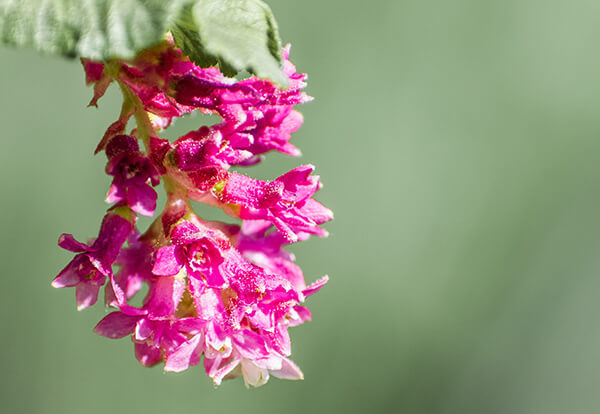
February: Chaparral currant (Ribes malvaceum)
Ribes malvaceum, also called chaparral currant, comes out of dormancy as soon as the rains start and is a favorite nectar plant for migrating hummingbirds. Like its commonly available cousin, Ribes sanguineum, its leaves have a powerful, earthy scent. Another variety called Ribes speciosum sports masses of fuchsia-like, bright red drooping flowers along its spiny bare branches—very spectacular. They prefer afternoon shade because the leaves can burn.
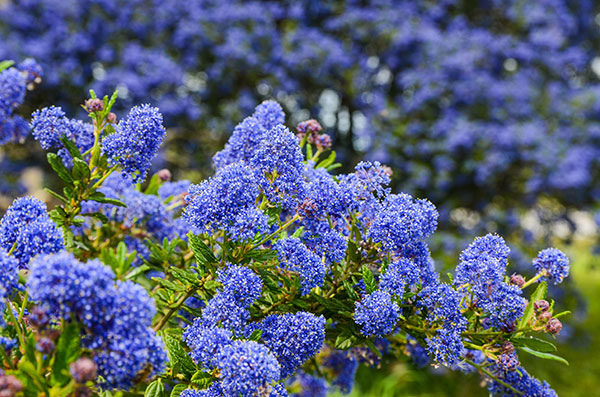
March: Ceanothus 'Dark Star'
Ceanothus 'Dark Star' has small dark-green crinkly leaves and gorgeous cobalt blue flowers in late winter and early spring. The plant is striking in bloom and the flowers last about a month. Dark Star grows about 4 feet tall and can spread as wide as 7 feet. This variety of ceanothus isn't as thirsty as some, but it does need summer water. Water it deeply once or twice a week after it is established.
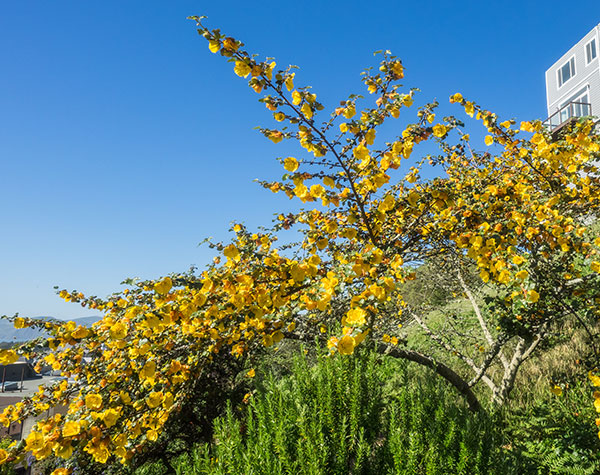
April: Flannel bush (Fremontodendron californicum)
Fremontodendron californicum earns its nickname "flannel bush" honestly. The scalloped leaves are covered with felt on the back and the fronts are quite fuzzy. Although the leaves may look like you want to touch them, resist the urge. The hairs are prickly and can make your skin itchy. This fast-growing shrub can reach 20 feet tall, hardly ever needs pruning and will be covered with saffron-yellow flowers in late spring. Give it some space and avoid putting it next to a path where people will want to touch it. You'll often see it planted along California freeways, but likely won't notice it much until the entire plant bursts into bloom. It attracts many types of butterflies.
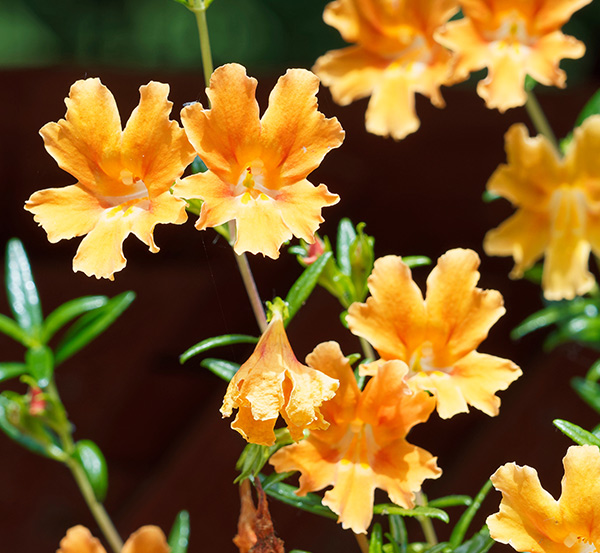
May: Sticky monkey flower (Mimulus aurantiacus)
The first time I read about sticky monkey flower (Mimulus aurantiacus), I knew I had to have it in my garden simply because of the name. And it did not disappoint. It has sticky narrow green leaves and the apricot-colored flowers go on for months. It is a tough native that can survive with very little water but appreciates regular watering as well. When it gets leggy, cut it back. It works well under the shade of oak trees, but I've also seen it growing nicely in full sun. Hybridizers have created many garden-friendly cultivars for the home garden.
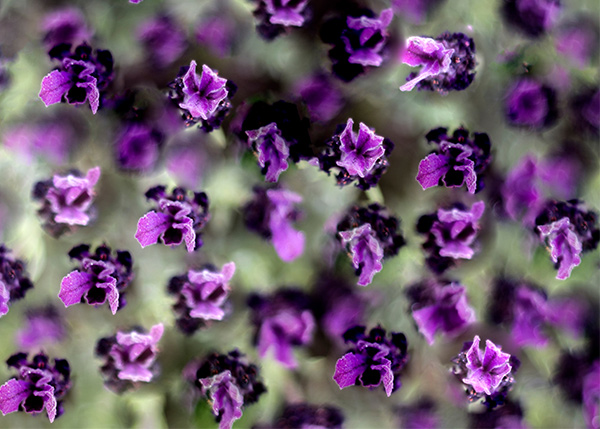
June: Woolly blue curls (Trichostema lanatum)
Trichostema lanatum is another fun California native for the garden. It's in the mint family and has aromatic foliage. The scent is rather earthy and you have to brush against the leaves to release the fragrance. The plant is named woolly blue curls for its dense spikes of woolly blue and violet flowers. It's not reliably drought tolerant; it appreciates and needs regular water, although not copious amounts. Hummingbirds love the flowers. It grows to 4 feet tall and looks good in groups.
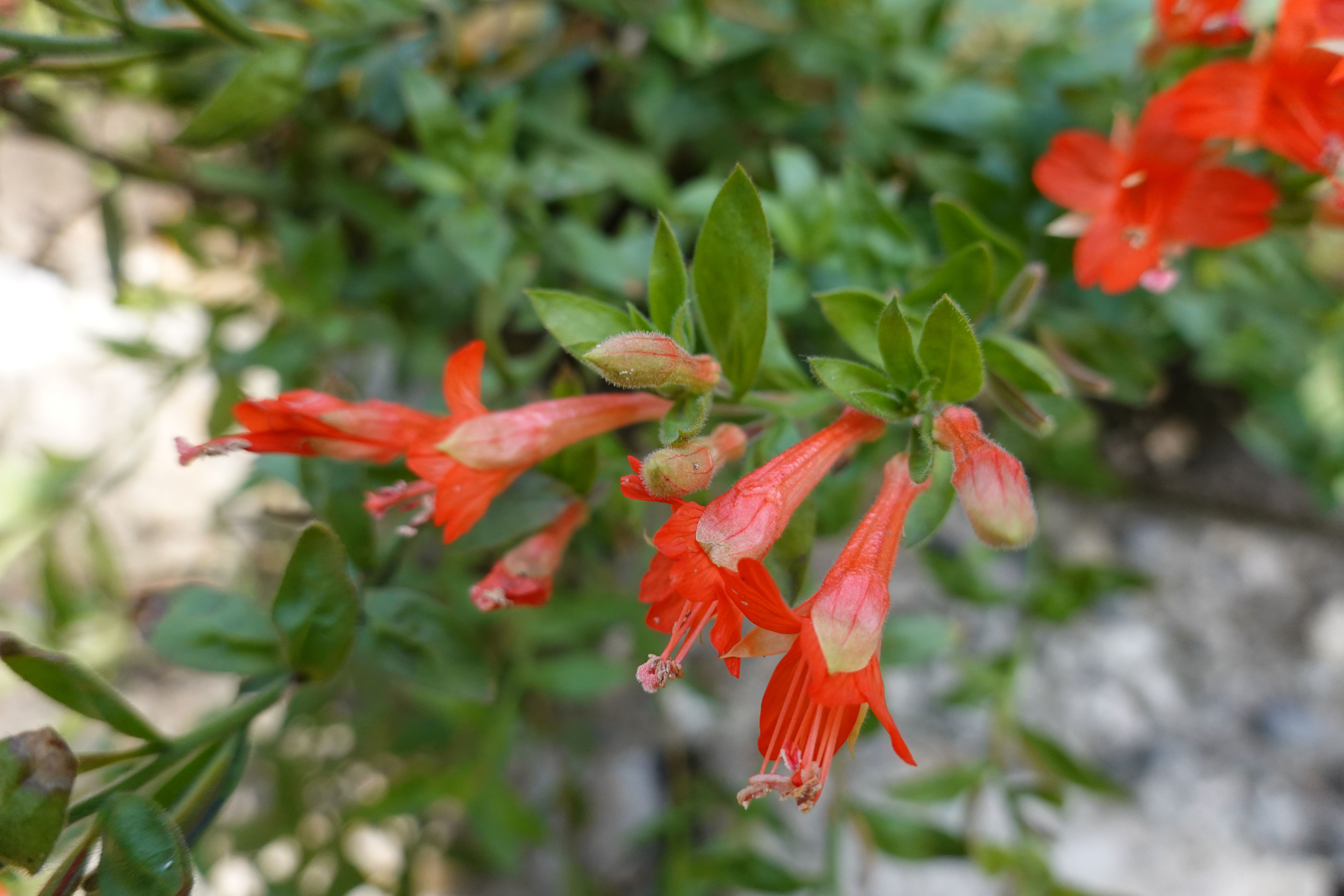
July: Zauschneria californica mexicana
Who can resist the fuchsia-like flowers of Zauschneria californica mexicana? By late summer, it will be covered with hundreds of bright orange flowers. It is a low-growing ground cover that spreads into large clumps and needs some annual trimming to keep it neat, but it can forego water after a year. This is one tough plant. It also comes in a shrublike form that doesn't spread. Hummingbirds love the flowers.
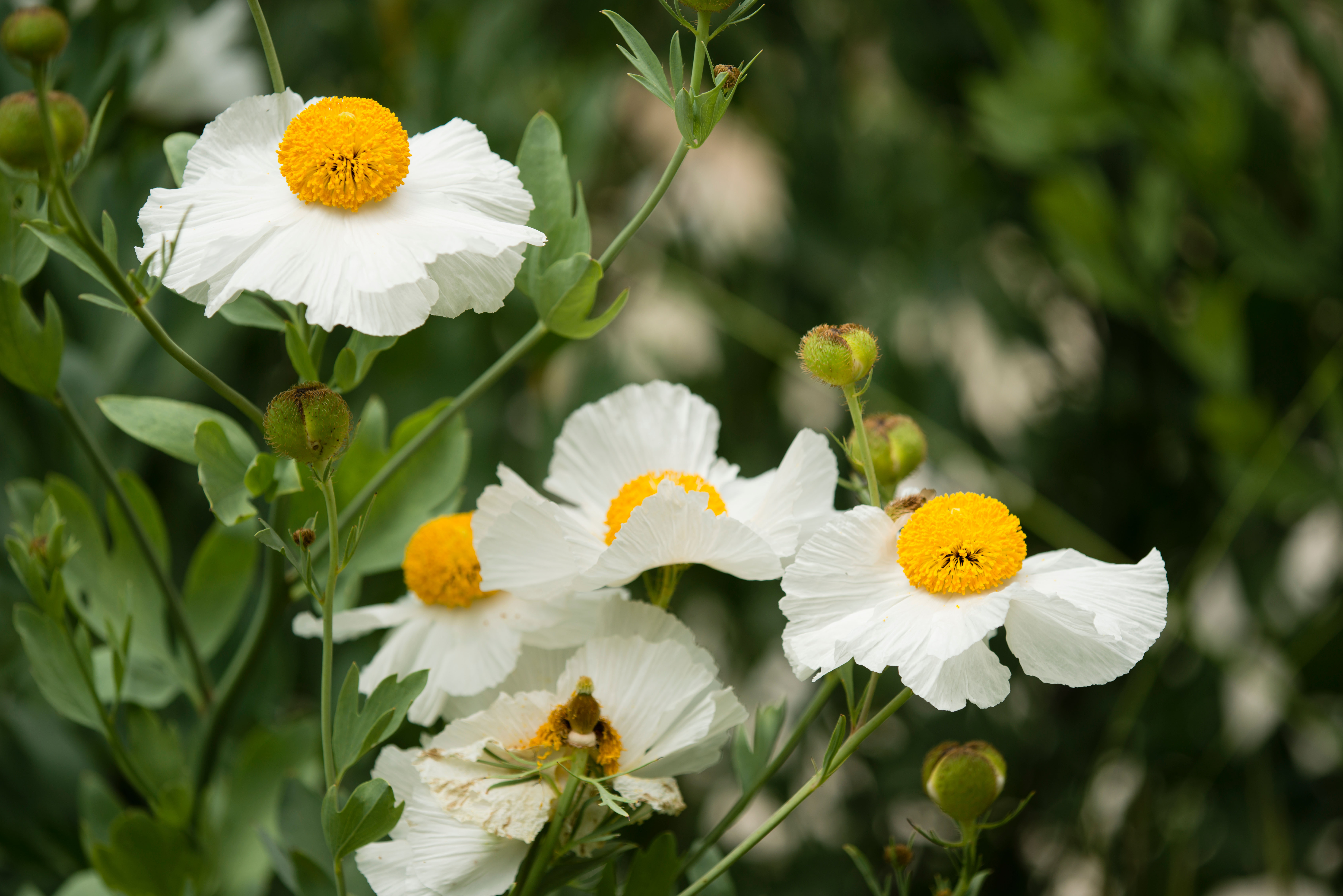
August: Matilija poppy (Romneya coulteri)
The Matilija poppy (Romneya coulteri) has earned the ignoble yet appropriate name of "fried egg flower." It's a beautiful plant with blue-gray foliage. It grows 10 or more feet tall and in bloom is a spectacular sight. The fragrant white flowers with sunny yellow centers are large and seem to float on the ends of the stems. The native variety can be difficult to get started, but once it takes hold it can be an aggressive spreader. So, don't plant this one unless you have some space and are the type of gardener who will keep it under control. Hybridizers have created cultivars that stay in a polite clump.

